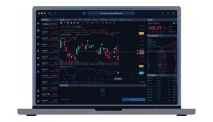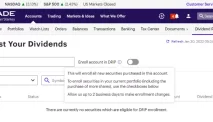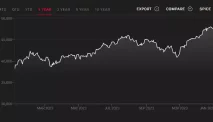Diksia.com - Shorting is a trading technique that involves selling an asset that you do not own, hoping to buy it back later at a lower price and pocket the difference. Shorting can be used to profit from falling markets, hedge against risks, or diversify your portfolio. However, shorting also involves higher risks, fees, and regulations than buying and holding. Therefore, you need a reliable and suitable trading platform to execute your short trades and manage your positions.
In this article, we will review some of the best trading platforms for shorting stocks and crypto, based on features, fees, availability, and customer support. We will also discuss some of the factors to consider when choosing a platform for shorting, such as margin requirements, leverage, liquidity, short inventory, and order types.
What is Shorting and How Does it Work?
Shorting, also known as short selling, is a trading strategy that involves borrowing an asset from a broker or an exchange, selling it in the market, and buying it back later at a lower price. The difference between the selling price and the buying price is your profit or loss.
For example, suppose you think that the price of Apple stock (AAPL) will drop from $150 to $140. You borrow 100 shares of AAPL from your broker and sell them in the market for $15,000. Later, you buy back the 100 shares for $14,000 and return them to your broker. You make a profit of $1,000, minus any fees or interest that you pay to your broker.
However, if the price of AAPL goes up instead of down, you will lose money. For instance, if the price rises to $160, you will have to buy back the 100 shares for $16,000 and return them to your broker. You will lose $1,000, plus any fees or interest that you pay to your broker.
Shorting can also be done with crypto assets, such as Bitcoin (BTC) or Ethereum (ETH). However, instead of borrowing the actual coins, you usually trade contracts for difference (CFDs) or futures contracts that track the price movements of the underlying assets. CFDs and futures are derivatives that allow you to speculate on the price changes of an asset without owning it. You can open a short position by selling a CFD or a futures contract and close it by buying it back later.






